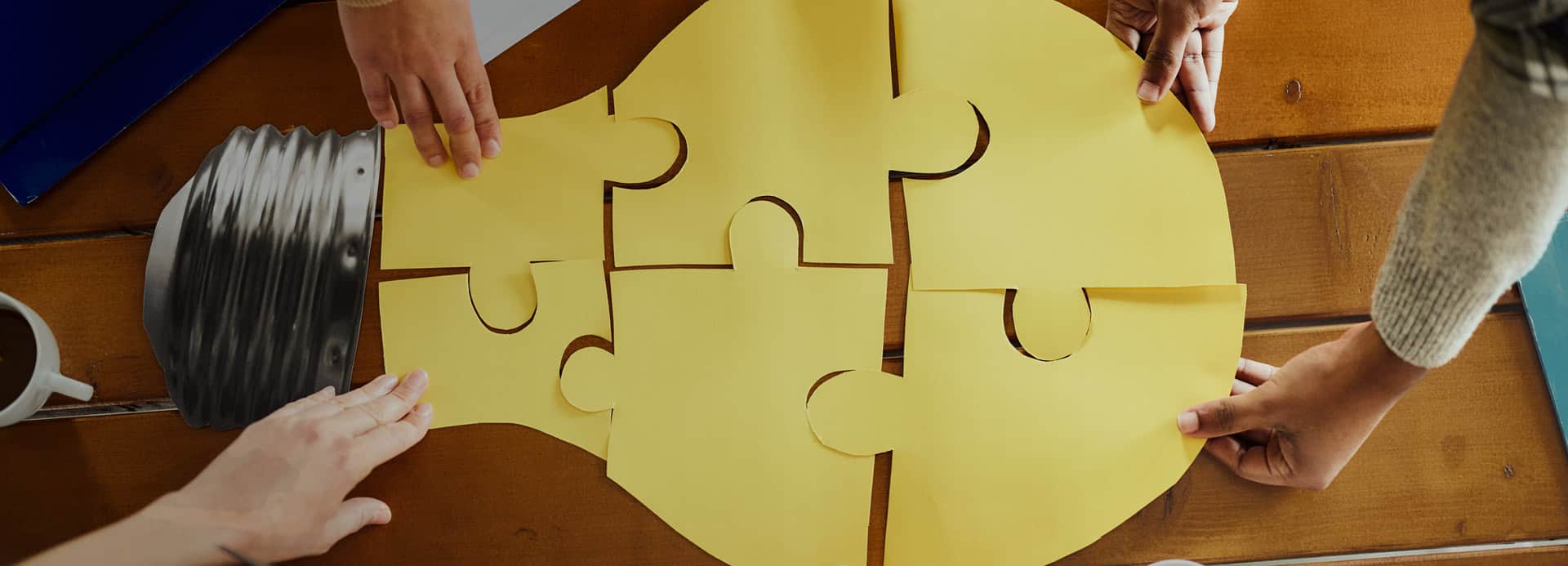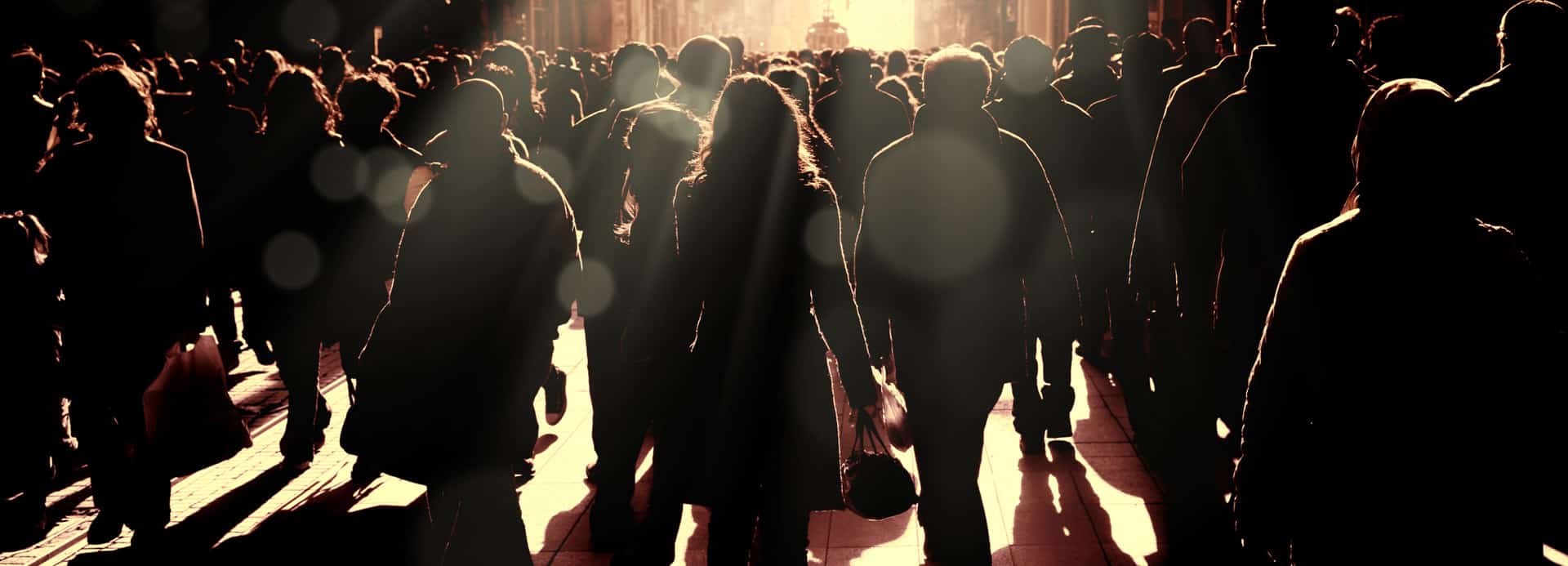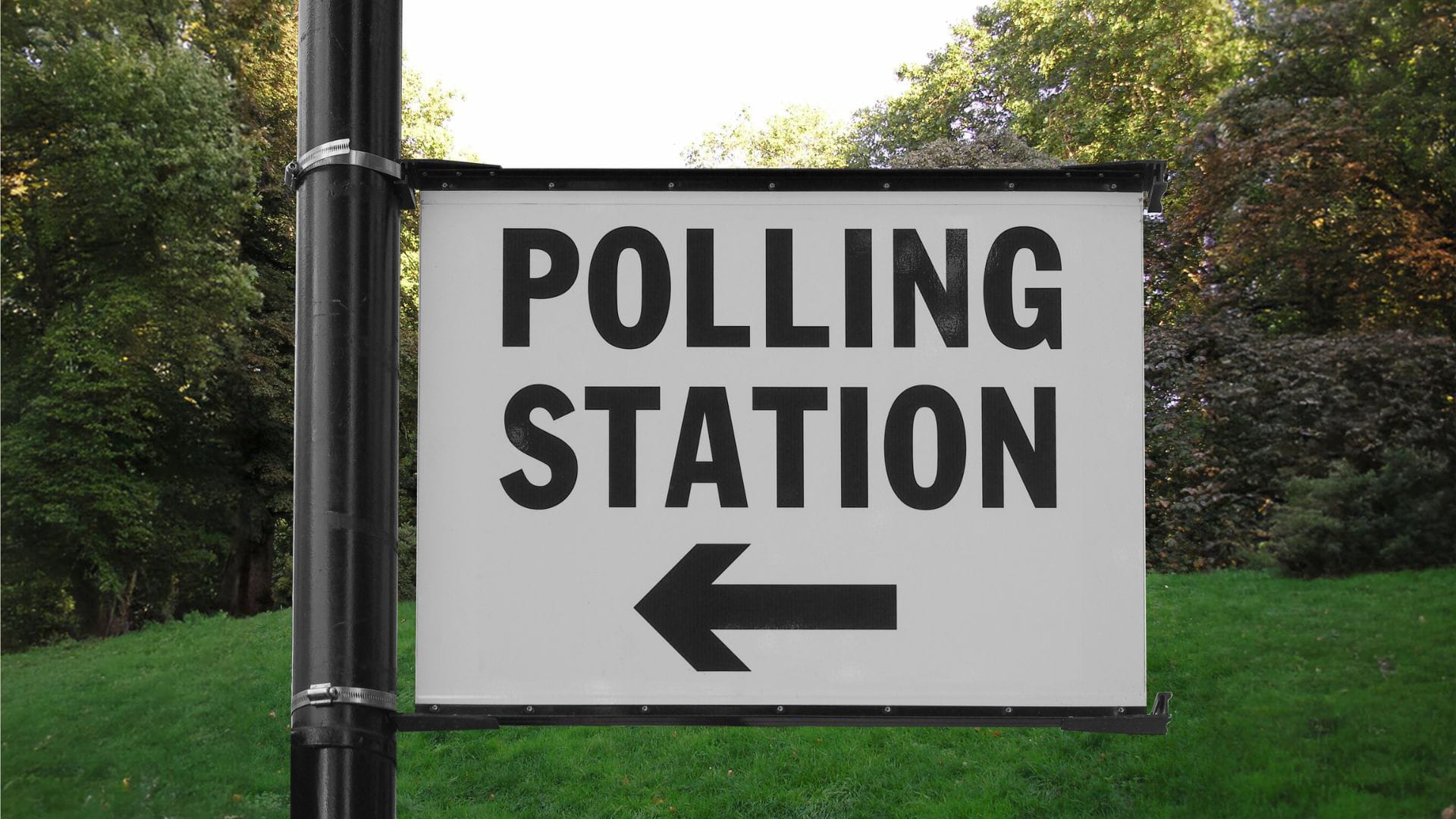Australia’s federal campaign has entered its final few days with a cross-bench larger and more electorally potent than at any time since Federation. Late-April polling shows fully one-third of voters now intend to back someone other than Labor or the Coalition, a figure that covers the Greens, One Nation, Clive Palmer’s Trumpet of Patriots, assorted micro-parties and a growing cohort of community-focussed and issues-based independents.
That shift matters, because it is happening seat-by-seat rather than as a tidy national swing. In a dozen electorates, independents have already replaced one of the major parties as the main challenger. In several more they now lead the count outright. Their rise is powered by a deep frustration with the major parties, and an ability to convert local grievances into votes.
Primary votes
The two late-April polls below offer the clearest snapshot of where each party’s primary vote now stands:
| Party / Group | YouGov 24 Apr | Roy Morgan 28 Apr |
| Australian Labor Party | 33.5 % | 34 % |
| Coalition (Lib–Nat) | 31 % | 34.5 % |
| Greens | 14 % | 13–14.5 % |
| One Nation | 10.5 % | 7.5 % |
| Trumpet of Patriots | 2 % | 0.5 % |
| Independents | 5 % | 7.5 % |
| All other micro-parties | 4 % | 3.5 % |
Two take-outs emerge. First, Labor’s primary vote remains stuck in the mid-30s, a soft base for a governing party. Second, the Coalition’s primary has slipped to a post-1944 low, bottoming at 31 per cent in YouGov’s poll. In another era that would have sent voters flocking to Labor. Today, many are choosing independents instead.
Two-party-preferred and seat projection
Despite leading the two-party-preferred count 52–55.5 per cent, Labor is not home and hosed. YouGov’s latest multilevel-regression-and-post-stratification (MRP) model puts the government on 75 seats — one short of a working majority. Under that projection the lower house would contain 11–12 independents and minor-party MPs holding the balance of power.
Who exactly sits outside the big two?
- The Greens remain the largest single minor party, polling 13–14.5 per cent – slightly above their 2022 “Greenslide”. Support is anchored among under-40 urban renters on a platform of steeper emissions cuts and a national rent freeze.
- One Nation has jumped from five per cent in 2022 to as high as 10.5 per cent, driven largely by regional Queensland and Western Australia.
- Trumpet of Patriots — Clive Palmer’s latest vehicle — polls a modest 1.5–2 per cent, down sharply on the United Australia Party’s 2022 showing yet still able to shuffle preferences in outer-suburban seats.
- Teal independents — hold six inner-city electorates and are genuinely competitive in at least four more. Their national vote is tiny (≈ 2 per cent) but intensely concentrated, meaning every point of swing is seat-decisive.
- Regional and community independents are often low-budget, volunteer-heavy campaigns rooted in local issues such as GP shortages, decaying highways or mobile-black-spot angst. Polls now show Alex Dyson ahead 57–43 in Victoria’s Wannon, Caz Heise narrowly in front in Cowper, and Kate Hook within striking distance in Calare [5].
A useful quirk of Australian polling is that the Greens, One Nation and — when large enough — Trumpet of Patriots are listed in their own columns. The much-discussed “OTH” or “Others” figure therefore consists almost entirely of independents and micro-parties. Because small-sample variation is bigger here, the “OTH” share can swing from five to twelve per cent in a fortnight without necessarily signalling a nationwide mood shift.
Three regional seats that could redraw the map
Wannon (VIC)
Long-time Liberal front-bencher Dan Tehan trails independent Alex Dyson 43–57 on YouGov’s two-candidate-preferred poll. The rural electorate, centred on Warrnambool, has never elected anything other than a conservative. Dyson’s campaign mixes climate-action language with beef-and-dairy pragmatism, and he has blanketed local radio with short-form ads.
Cowper (NSW)
A Nationals stronghold since 1919, Cowper is suddenly on a knife-edge thanks to community-backed independent Caz Heise. Her pitch is public-hospital funding and coastal flood resilience — issues that neither major party addresses in granular detail.
Calare (NSW)
Here the contest is three-cornered: former Nationals MP Andrew Gee runs as an independent after crossing the floor on the Voice referendum. Kate Hook carries the Teal banner with Climate 200 support. The official Nationals candidate hopes the conservative vote splits help her home.
Even if Dyson, Heise or Hook take only one seat apiece, the psychological effect on neighbouring electorates will be profound. Safe seats can suddenly become contestable, local debates shift from party talking-points to potholes and paediatric wards, and campaign donations follow suit.
Money and mobilisation
Climate 200’s targeted millions
In 2022, Climate 200 funnelled almost A$6 million into climate-focused challengers and is on pace to match that spend in 2025. The funding pays for professional field organisers, SMS canvassing software and saturation digital advertising in perhaps a dozen seats.
The incumbency dividend
Yet independents still face a mountain. According to the Australia Institute, every sitting MP enjoys about A$2.9 million in salary, staff, office and printing entitlements over a term [6]. That buys newsletters, electorate offices, community grants and a constant presence at fetes and footy finals. Volunteer armies must work hard (and smart) to match it.
Grass-roots tech
Most independents now run on off-the-shelf platforms such as NationBuilder. These link a supporter’s $20 donation to a street-level door knock map and a follow-up SMS. The approach is cheap, scalable and well-suited to campaigns that rely on goodwill rather than party hierarchy.
The arithmetic of a hung parliament
YouGov’s late-March MRP projection hands the House of Representatives to:
| Party / Group | Seats |
| Labor | 75 |
| Coalition | 63–65 |
| Greens | 4 |
| Independents & cross-bench | 11–12 |
Anything in that range guarantees a hung parliament. On current form, the cross-bench would comprise Teals, regional independents, Greens and perhaps a Katter or a Hanson — a constellation with enough shared ground to force concessions from whoever forms minority government.
The objectives of the independents are varied, including a stronger, retrospective federal integrity commission, faster renewable-energy roll-out, tangible relief for renters, and local infrastructure funding tied to community needs.
Each demand divides the major parties internally. Labor’s Right bridles at rent caps, while Liberal moderates squirm over net-zero targets. That grants the cross-bench outsized leverage even before formal negotiations begin.
Why the polls struggle once you leave the motorway
Sampling error explodes in the bush
Seat-level samples in rural Australia often number fewer than 500 voters, yielding margins of error of ±5–6 points — roughly double the uncertainty in metropolitan seats. A one-point swing on a national chart can translate to a ten-point swing in Wannon or Flynn.
Landlines are vanishing
Only about one-third of households now keep a landline, down from half in 2019. Phone polls therefore over-represent older conservatives, whereas online panels skew towards under-40 renters. Unless mode effects are carefully weighted, the independent signal gets lost in the noise.
MRP can miss hyper-local triggers
The same YouGov model that estimates a near-even national race has to assume voters in Eden-Monaro care about nuclear power roughly as much as voters in Kooyong. That is rarely true. When issues such as water entitlements in the Murray-Darling or mobile-black-spot upgrades in south-west Victoria dominate a seat, national averages become blunt instruments.
The final-week unknowns
Early voting opens ever earlier, but younger electors still drift to the booths late, often on polling day itself. They also lean disproportionately towards independents, the Greens and minor parties. A two- or three-point late swing across outer-suburban and regional seats could be enough to knock the Coalition below 60 seats or leave Labor stranded on 72.
Both major parties, therefore, approach the campaign’s endgame with identical nightmares: a photo finish in the national vote, but a map dotted with independent victories whose preferences determine the next Prime Minister.
A new political landscape?
Independents and minor parties no longer occupy the fringe of Australian politics; they sit at its fulcrum. From Teals in affluent terraces to One Nation in the cane-fields, and from Greens along the light-rail to hyper-local voices in Calare and Cowper, the “others” vote now tells the real story of Election 2025. For pollsters, that demands granular sampling, mode correction and a healthy dose of humility. For campaigners, it means learning to negotiate — not steamroll — an electorate that increasingly votes one community at a time.
If the numbers hold, the morning of 4 May will dawn on a hung parliament and a cross-bench larger than any in living memory. Whether that delivers paralysis or a burst of locally led pragmatism will depend on how quickly party leaders recognise that the political centre of gravity has shifted, perhaps permanently, beyond the capitals.










